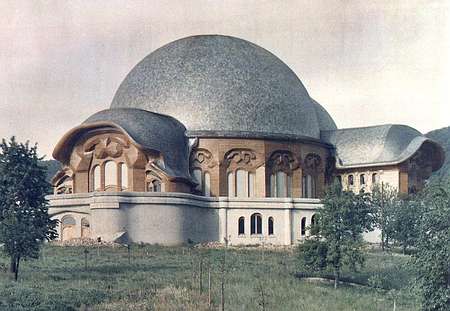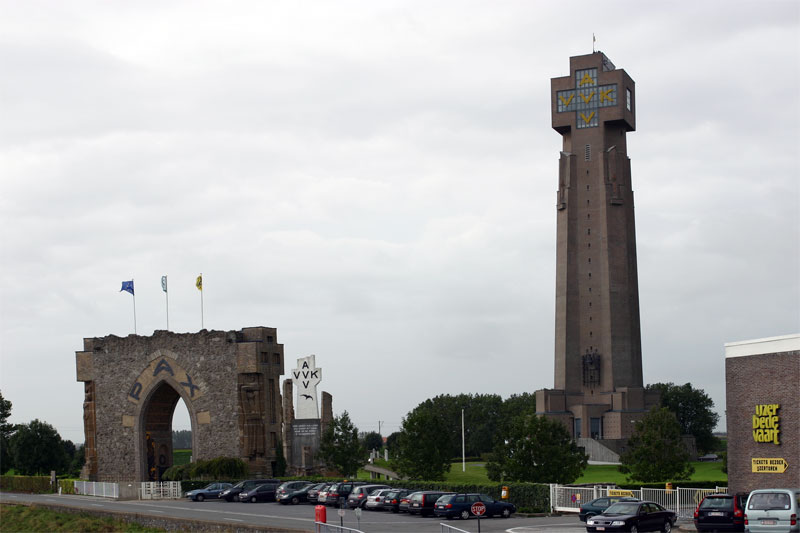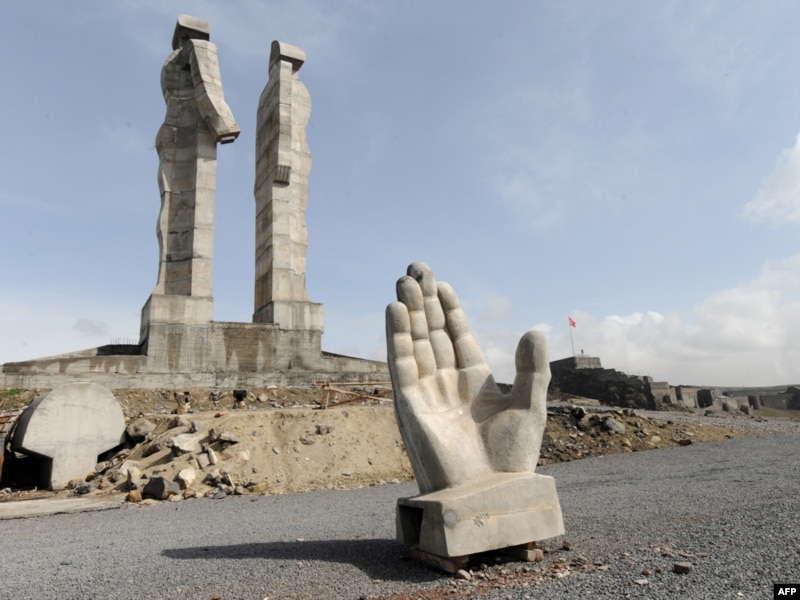![]()

 |   2004 - MENDHAM — A first-of-its-kind monument, dedicated to victims of clergy sexual abuse in 2004 and smashed by a sledgehammer-wielding vandal last year, will be replaced by a new memorial, which will be unveiled at noon Saturday at St. Joseph Church in Mendham.
Donors — many of whom purchased the original monument — have covered the $8,000 cost of the replacement, said Monsignor Kenneth Lasch, who will preside over the ceremony for victims and their families.
"It was important that we replace the monument," Lasch said as workers prepared the site Wednesday. "We can never forget what happened. Abuse is life-changing. This reverent reminder helps the healing."
The 400-pound millstone memorial, identical to the original, will be placed next to the church, 150 feet from the former office of Rev. James Hanley, a priest who admitted to abusing more than a dozen children during a 24-year career.Hanley was expelled from the priesthood in 2003, but no criminal charges were filed because the statute of limitations had expired.
The stone will be flanked by two bronze plaques. One will contain a passage from the gospel according to Matthew in which Jesus says whoever harms a child would be better off "to have a millstone hung around his neck and (be) thrown into the depths of the sea."
Inspiration for the monument came from the death of James Kelly, a 37-year-old Hanley victim who committed suicide by standing in front of a New Jersey Transit train in Morristown in 2003. The reason for the suicide remains unclear.
Police said Gordon Ellis, a 38-year-old Mendham man with no connection to the church or the victims, was probably drunk when he destroyed the monument in November.
He was charged with criminal mischief, desecrating a monument and a weapons charge, police said. Ellis was released on bail in December, and the case is still pending. 2004 - MENDHAM — A first-of-its-kind monument, dedicated to victims of clergy sexual abuse in 2004 and smashed by a sledgehammer-wielding vandal last year, will be replaced by a new memorial, which will be unveiled at noon Saturday at St. Joseph Church in Mendham.
Donors — many of whom purchased the original monument — have covered the $8,000 cost of the replacement, said Monsignor Kenneth Lasch, who will preside over the ceremony for victims and their families.
"It was important that we replace the monument," Lasch said as workers prepared the site Wednesday. "We can never forget what happened. Abuse is life-changing. This reverent reminder helps the healing."
The 400-pound millstone memorial, identical to the original, will be placed next to the church, 150 feet from the former office of Rev. James Hanley, a priest who admitted to abusing more than a dozen children during a 24-year career.Hanley was expelled from the priesthood in 2003, but no criminal charges were filed because the statute of limitations had expired.
The stone will be flanked by two bronze plaques. One will contain a passage from the gospel according to Matthew in which Jesus says whoever harms a child would be better off "to have a millstone hung around his neck and (be) thrown into the depths of the sea."
Inspiration for the monument came from the death of James Kelly, a 37-year-old Hanley victim who committed suicide by standing in front of a New Jersey Transit train in Morristown in 2003. The reason for the suicide remains unclear.
Police said Gordon Ellis, a 38-year-old Mendham man with no connection to the church or the victims, was probably drunk when he destroyed the monument in November.
He was charged with criminal mischief, desecrating a monument and a weapons charge, police said. Ellis was released on bail in December, and the case is still pending.
|














